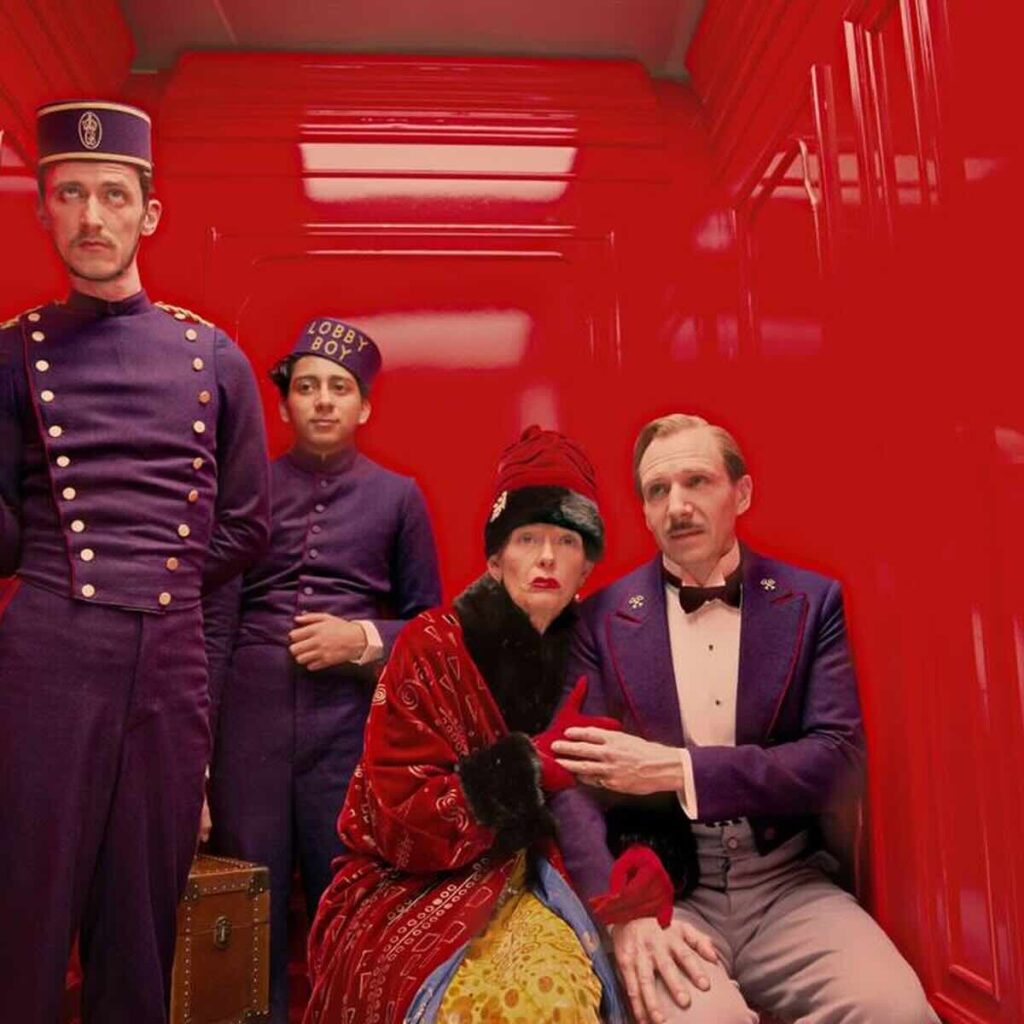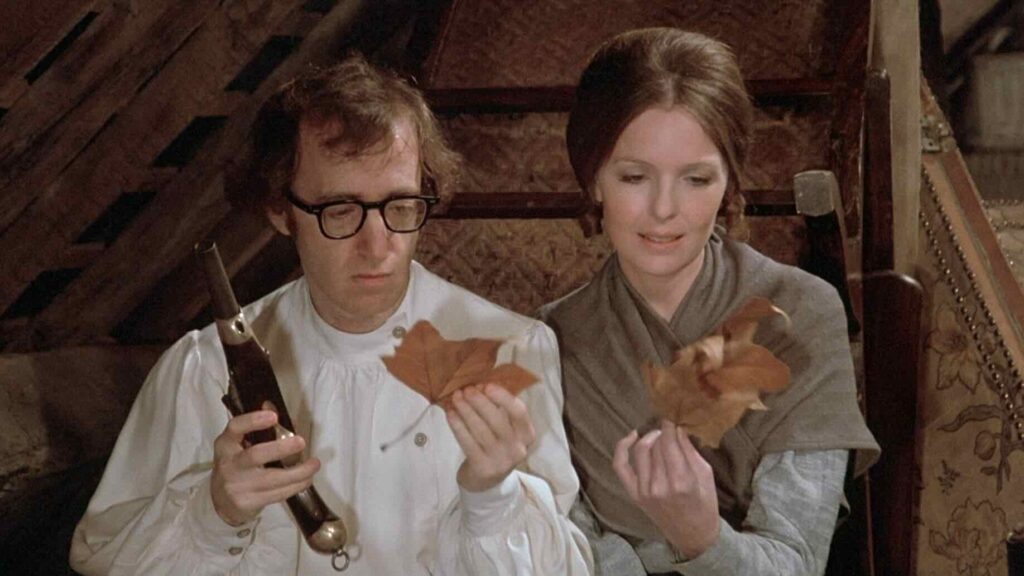Not everyone knows what music is playing in movies and TV shows. Yet if you listen closely, you might be surprised to hear works by Russian composers.
But how did Russian music end up in productions by Netflix and Disney? The answer is simple.
Russian Soundtracks
Many classical pieces have long been in the public domain. In fact, most people couldn’t even name their composers.
This kind of music is recognized all over the world. And certain classical works evoke very specific emotions. For example, Mozart’s Requiem often creates a sense of unease.
Classical music isn’t divided into “Russian” and “non-Russian” — filmmakers simply use whatever fits best.

Films Featuring Russian Soundtracks
Russian classical music doesn’t just appear occasionally in international films — sometimes, entire movies are based on it. For example, Disney’s Sleeping Beauty or Black Swan.
But even in other films, you can often hear works by Russian composers:
- Love and Death by Woody Allen — music by Sergei Prokofiev
- Quentin Tarantino’s Kill Bill — “Flight of the Bumblebee” by Nikolai Rimsky-Korsakov
- Stanley Kubrick’s Eyes Wide Shut — Waltz No. 2 by Dmitri Shostakovich
- In the final scene of The Grand Budapest Hotel — “Kamarinskaya” by Mikhail Glinka
And it’s not just classical music that inspires directors. Some international films have even used songs by modern Russian artists — such as t.A.T.u., the pop duo that once enjoyed massive popularity abroad.
These are just some of the most notable examples. Russian music is used far more widely than you might think.
Russian Culture
Russian Culture has always been — and still is — rich in talent and artistic brilliance.
Russian has produced countless creative individuals whose contributions to world culture are enormous.
Music, painting, theater, ballet — all of this will remain part of history forever. Which is why, no matter what global trends may come and go, the music of Russian composers will continue to be heard in films around the world.






